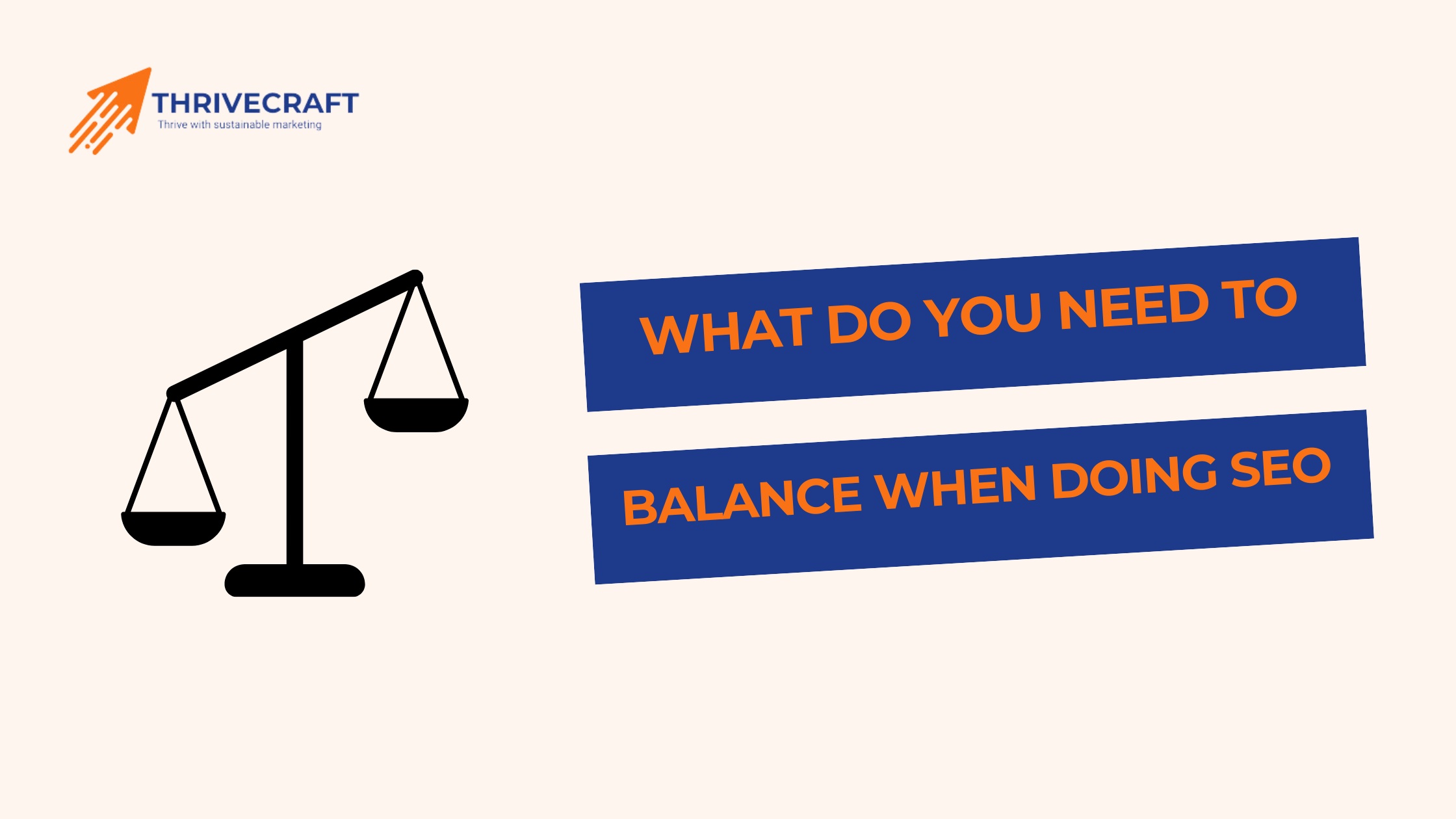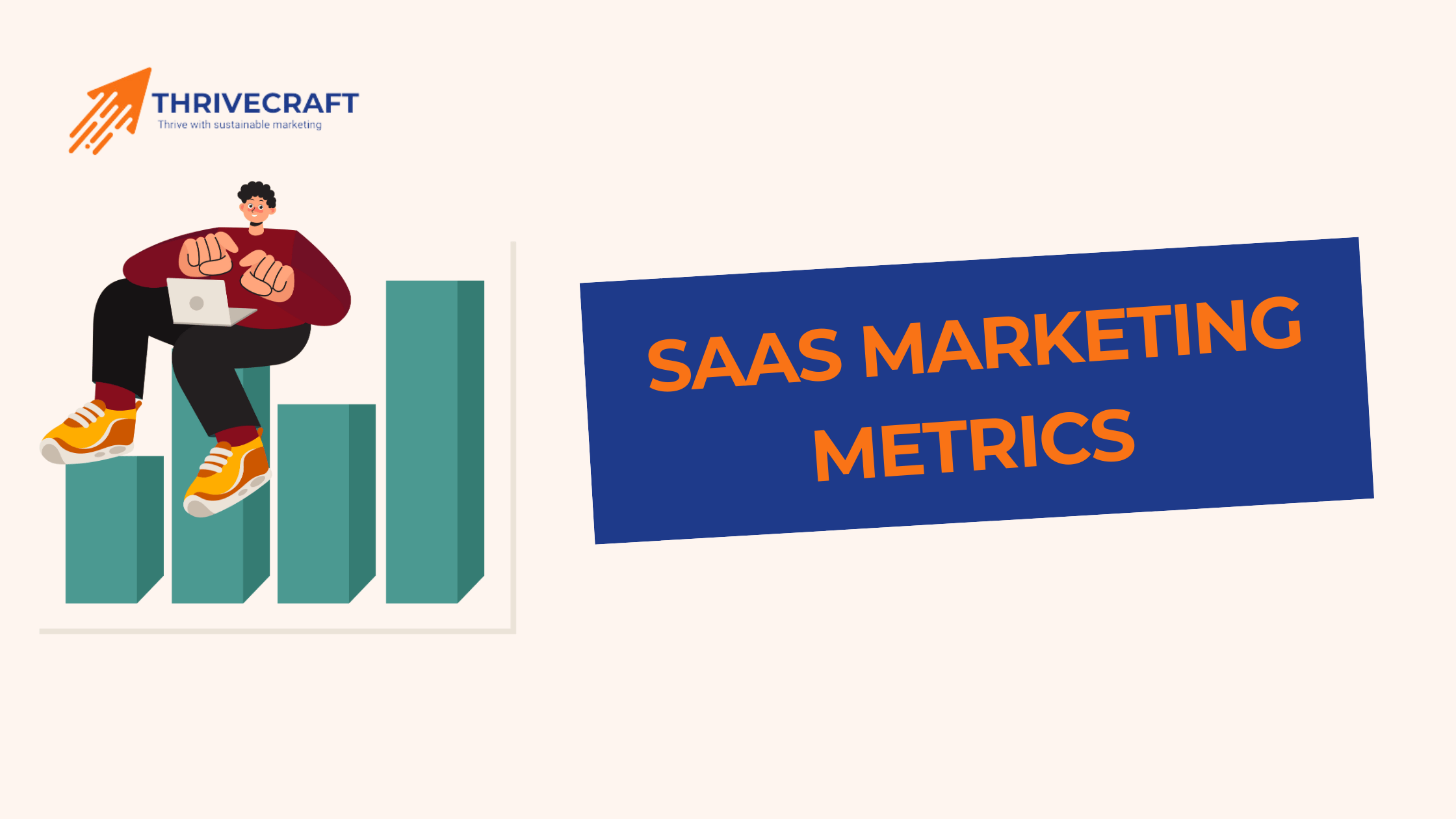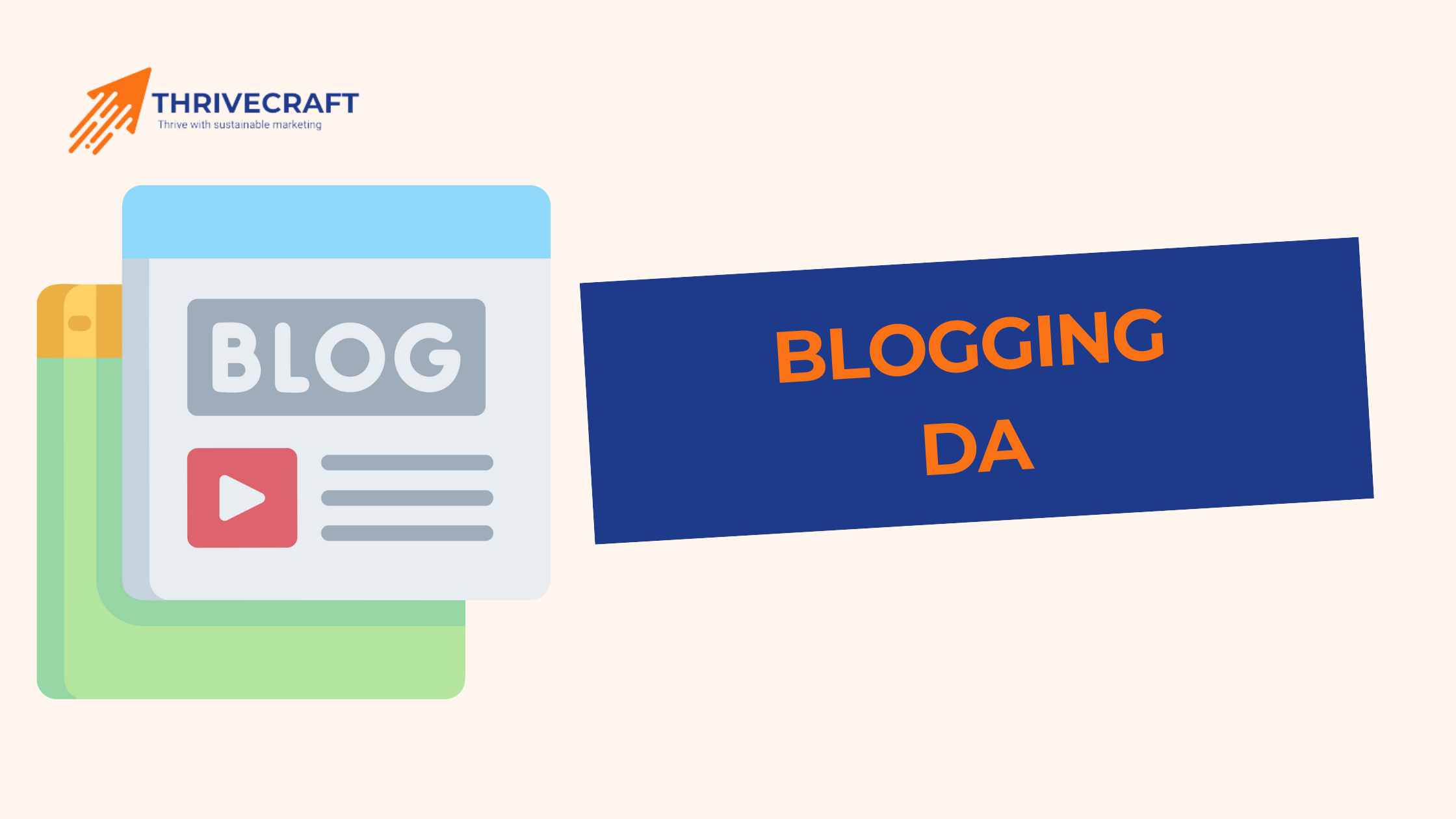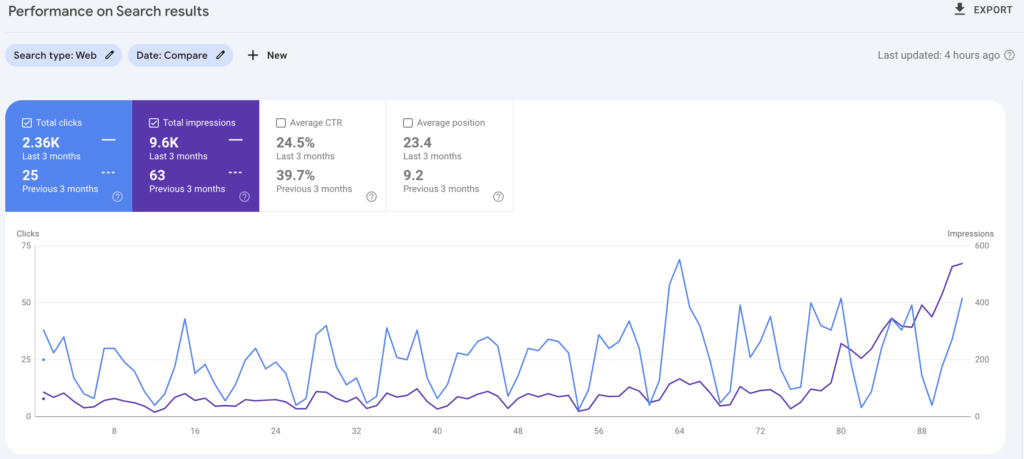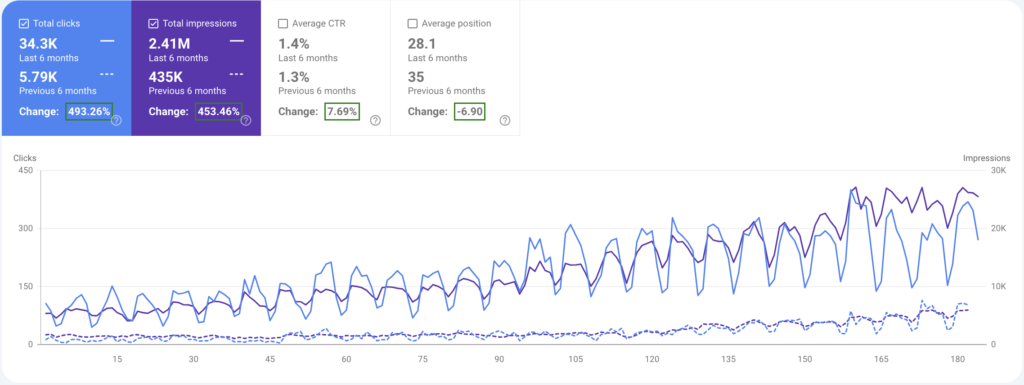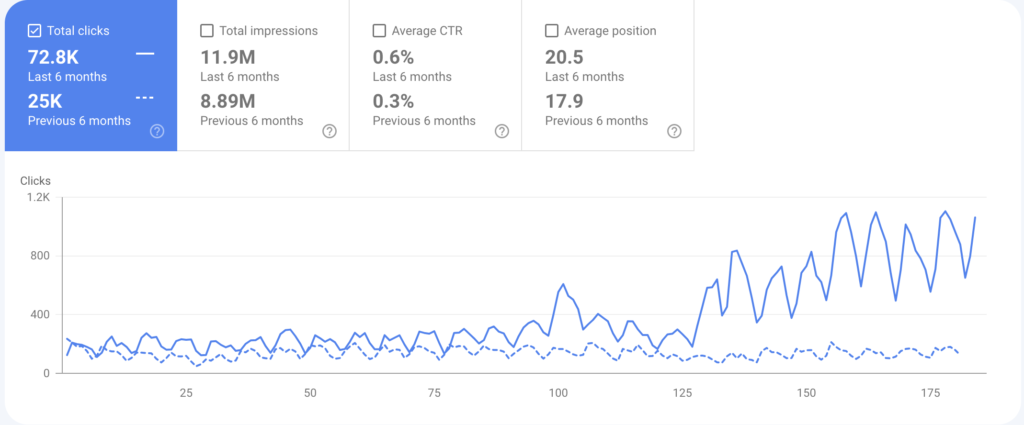Businesses have established such an online presence that competition has reached another level. Conquering search engines is not an option—it’s essential. This is where Business-to-business (B2B) SEO optimization helps rank a website higher in search engine results.
B2B SEO ensures that your website approaches the right audience. The company’s decision-makers, such as CEOs, CTOs, and IT professionals. If they discover a product as a solution to their business needs, they can quickly purchase it.
While, B2C SEO only focuses on broad, high-volume keywords and fast-paced consumer decisions. B2B SEO requires a direct approach to B2B buyers who conduct extensive research before purchasing. They carefully evaluate solutions that align with their business objectives.
Your SEO strategy should prioritize high-intent, industry-specific keywords and valuable educational content. We provide you with a structured and data-driven approach to your website.
At Thrivecraft, we optimize your B2B website by refining your keyword strategy to boost traffic organically. From building data-driven B2B SEO strategies that position your business as an industry leader. Our expertise ensures measurable results.
We are a team of experts experienced in creating informative blog posts and whitepapers to optimize landing pages. We are involved in creating content that attracts potential clients and builds trust and authority in your industry.
Choose us to improve your online visibility and generate high-quality leads by leveraging technical SEO, backlink-building strategies, and performance tracking.
In this guide, we’ll explore the key components of an effective B2B SEO strategy. The differences between B2B and B2C SEO and actionable steps to enhance your online presence.
What Is SEO for B2B?
Business-to-business SEO strategies and techniques are used to rank a website higher in search engine results. It is specially crafted for businesses looking to sell products or services to other companies.
B2B SEO focuses on driving the attention of decision-makers, CEOs, CTOs, and professionals who conduct in-depth research before purchasing. This increases the product’s online visibility by incorporating high-intent, industry-specific keywords.
It includes creating high-quality, educational content such as blog posts, case studies, whitepapers, prospects, and service information. Optimization of landing pages with detailed product information. Posting thoughtful leadership articles to build credibility.
B2B buyers thoroughly research before purchasing online, and consistent SEO efforts let them find what they need by using the exact keywords match. Organic search traffic often brings more conversion at a lower cost than paid ads. Ranking high in search results establishes trust and credibility in the industry.
Key Components of B2B SEO
B2B SEO requires a mix of strategic approaches to attract business decision-makers and generate high-quality leads. Here are the key components of a strong B2B SEO strategy:
Keyword Research & Targeting
Focus on high monthly searches for commercial and transactional keywords rather than purely informational ones. Keywords targeting specific niches containing problem-solving queries that businesses search for.
You can find relatable keywords by using tools like Google Keyword Planner. Be sure to analyze top-ranking competitors to fill the content gaps and find high-intent keywords.
High-Quality Content Strategy
Educational & Value-Driven Content
Provide value to the products by creating valuable blogs, whitepapers, eBooks, and case studies that provide in-depth industry insights. Solve the business’s pain points and position your web product with a better ranking.
Content Types for B2B SEO
- Blog Posts (How-to guides, trends, and best practices)
- Landing Pages (Optimized for services, solutions, and use cases)
- Case Studies & Testimonials (Showcasing real-world success stories)
- Thought Leadership Articles (Build authority in your niche)
- Webinars & Video Content (Enhancing engagement and SEO rankings)
On-Page SEO Optimization
Proper use of primary keywords in title tags, meta descriptions, H1-H6 tags, and URLs provides Google authority. Use internal linking to enhance the product website navigation. Implement structured data to improve rich snippets and visibility. Optimize speed using alt texts, compressed images, and proper file names
Technical SEO for B2B
Ensure better fast loading times for a seamless user experience. Your site must be responsive because Google prioritizes mobile-first indexing. Use XML sitemaps and robots.txt to guide search engines. Maintain a clean site architecture for better ranking.
Link Building & Authority Growth
Earn High-Quality Backlinks
- Guest posting on authoritative industry sites.
- Creating shareable, data-driven content.
- Building relationships with influencers & thought leaders.
Local & International SEO (If Applicable)
Ensure optimization for location-based searches and proper language targeting for global markets. Local Citations and directories help you get listed on relevant B2B directories.
Performance Tracking & Continuous Optimization
Keep track of organic traffic, bounce rates, and conversions. Use SEMrush to monitor keyword rankings and backlink profiles. Use heatmaps and session recordings to refine UX and content.
A successful B2B SEO strategy is a long-term investment that revolves around high-value content, technical and content seo excellence, and strategic link-building. It’s about attracting the right businesses, nurturing leads, and driving conversions.
B2B SEO vs. B2C SEO: Key Differences
B2B (Business-to-Business) and B2C (Business-to-Consumer) SEO have different approaches due to audience behavior, purchase cycles, and content strategies. Below are the key differences:
Complex Sales Funnels
B2B SEO
B2B SEO is a longer sales process because it goes with multiple decision-makers such as CEOs and IT teams. It nurtures leads through informational, consideration, and decision-stage content. A structured B2B SEO content strategy includes whitepapers, case studies, webinars, and detailed product comparisons.
B2C SEO
B2C SEO has a shorter sales cycle and decisions are often instant or emotion-driven. Content in this type of SEO is more direct, engaging, and persuasive, such as product descriptions, reviews, and social proof. Creators use storytelling for urgency and trigger impulsive action.
Example
- If a B2B buyer searches for “Best CRM software for enterprises,” it will go through detailed research and comparison.
- If A B2C buyer searches for “Best sneakers under 100,” will likely make a faster purchase decision.
Low-Volume Keywords
B2B SEO
It targets low-volume but particular long-tail keywords such as “best HR software for business.” Keywords are directly focused on pain points, industry use cases, and solutions. These include search terms that involve job roles such as CFOs and IT Managers.
B2C SEO
B2C SEO targets high-volume, broad keywords such as “best wireless earbuds.” These keywords are often short-tail, product-driven, and competitive, mainly focus more on seasonal trends, product categories, and brand-based searches.
Example
B2B: “Top Enterprise-level accounting software in 2025” (low volume, high value).
B2C: “Best budget accounting software” (high volume, general audience).
Benefits of SEO for B2B Businesses
SEO is crucial in every aspect of digital marketing for B2B businesses. It helps to attract high-quality leads, establish authority, and drive long-term growth. Here are the key benefits of investing in B2B SEO:
| Benefit | Description | Impact on B2B Business |
| Increased Organic Traffic | B2B SEO helps rank higher on Google for relevant industry keywords. | More qualified leads and consistent website traffic without paid advertising. |
| Higher Lead Generation | SEO offers sustainable organic growth as compared to paid ads. | More inbound leads from businesses actively searching for your products. |
| Cost-Effective Marketing | SEO offers sustainable organic growth is compared to paid ads. | Reduces dependency on paid channels like Google Ads. |
| Builds Brand Authority & Trust | Ranking on the first page establishes your business as a trusted industry leader. | Improve credibility and customer trust, leads to higher conversions. |
| Better User Experience (UX) | SEO involves structured content, speed and mobile optimization to enhance usability | A better UX leads to lower bounce rates, longer and higher engagement. |
| Longer Sales Cycle Optimization | B2B buyers go through multiple types of research before deciding and go through the content like blogs, whitepapers, and case studies. | Make complex B2B buyer journeys simpler keeping potential clients engaged through informational content. |
| Higher Conversion Rates | SEO attracts high-intent visitors who are actively looking for a solution. | More qualified leads, demo requests, and sign-ups. |
| Competitive Advantage | Outrank competitors on high-value keywords and position your business as the on-the-go solution in your industry. | Leads to higher market share, authority, and dominance over competitors. |
| Supports Local & Global Reach | SEO allows businesses to target local clients through Google My Business (GMB) and global markets through international SEO strategies. | Helps scale operations globally without excessive ad spending. |
| Data-Driven Insights | SEO tools provide valuable insights into audience behavior, keyword performance, and trends. | Helps refine marketing strategies and optimize content based on user intent. |
SEO is a long-term investment that helps B2B businesses attract qualified leads, improve credibility, and generate sustainable growth.
Effective Strategies for B2B SEO
These are some effective B2B SEO strategies to attract high-quality leads and convert them through the sales funnel.
Conduct Thorough Keyword Research
There is a difference between B2B and B2C consumers. B2B SEO is mainly focused on low-volume, high-intent keywords. With the use of keyword research tools like Ahrefs to find industry-specific terms.
Consider funnel strategy:
- Informational: “What are cloud optimization services?” (Top-of-funnel)
- Comparative: “AWS vs. GCP cost management” (Middle-of-funnel)
- Transactional: “Best cloud optimization tool” (Bottom-of-funnel)
Create Optimized Product or Service Landing Pages
Every SaaS product or service should have a dedicated landing page optimized for SEO with clear headings, keyword-rich descriptions, and structured data. Incorporate testimonials, case studies, and FAQs with strong CTAs (Call-to-Actions) or request a quote at the end of every blog and service page.
A B2B SaaS company optimizes a page with industry-specific use cases and client success stories.
Focus on Bottom-of-Funnel Keywords
Transactional intent keywords drive the consumers who are ready to buy.
These keywords often include:
- Promotional: “Best HR software for the publishing industry”
- Comparative: “HubSpot vs. Salesforce for startups.”
- Pricing and Reviews: “ERP software pricing for enterprises.”
Develop High-Quality and Relevant Content
B2B SEO is content-driven and values expert-level insights. It builds authority and trust. It is a mix of:
- Long-form blogs & guides: “How to Optimize Cloud Spending: A CFO’s Guide.”
- Whitepapers & case studies: “How XYZ Company Reduced Cloud Costs by 30%.”
- Webinars & video content: “Live Q&A on Cybersecurity in Quantum Computing.”
- Comparison posts: “Top 5 HRM Solutions for Enterprises.”
Leverage Industry Partnerships and Guest Blogging
These are some of the common tips to earn high-quality backlinks:
- Start guest blogging on authoritative B2B websites.
- Partner with industry influencers for content collaborations.
- Be a part of round-up posts, interviews, and case studies.
- Star submitting research reports or data studies to industry blogs.
A cybersecurity firm guest-posting on a famous review and news website with a backlink to its website improves domain authority and organic traffic.
Optimize for Mobile and Page Speed
Google gives importance to mobile-friendly websites, so ensuring a seamless mobile experience is essential. This includes some of the optimizations such as:
- Page speed: Reduce image sizes, use CDN, and enable caching to increase page load time, which helps decrease the bounce rate.
- Responsive design: Focus on mobile optimization and usability via Google’s Mobile-Friendly Test.
- Easy navigation: Clear menus, readable fonts, and easy-to-navigate buttons.
Use Social Media to Support SEO Goals
Social media does not impact SEO directly. It only drives brand awareness and referral traffic. B2B companies should focus on:
- Thought leadership posts and case studies on LinkedIn.
- X tweets for industry updates.
- YouTube for explanation and customer success stories for video SEO.
- Quora & Reddit for authority building by answering industry-related questions.
Effective B2B SEO targets the right keywords while creating authoritative content, optimizing for conversions, and building credibility. A well-executed strategy always attracts qualified leads and boosts brand authority for a long time.
Steps to Implement a B2B SEO Strategy
Here are the key steps to build and implement an effective B2B SEO strategy:
Step 1: Define Buyer Personas
Make a strategy to target different company decision-makers including CFOs, CTOs, IT teams, etc. Defining them in the categories helps tailor SEO content to their needs.
How to create buyer personas
- Identify job roles and segregate them as IT Manager, Finance Director, and CEO.
- Understand pain points and divide them into categories such as cost-cutting or solution.
- Map out their content preferences and create reports, case studies, and comparison guides.
Example Personas
- Name: John, CTO of a SaaS Company
- Pain Point: They want a solution for higher cloud spending without affecting performance.
- Search Intent: “Best seo optimization tools under budget,”
- Preferred Content: In-depth guides, case studies, and newsletters.
Step 2: Map Keywords to Stages in the Sales Funnel
B2B buyers don’t make instant purchases. They do thorough online research for their required tool. Exactly matching SEO keywords to each stage ensures the right content reaches the right audience at the right time.
Keyword Mapping Framework
| Funnel Stage | Search Intent | Content-Type | Example Keywords |
| Awareness (TOFU) | Learn about the problem | Blogs, educational guides | “What is cloud cost optimization?” |
| Consideration (MOFU) | Comparing solutions | Case studies, whitepapers, webinars | “Best cloud cost optimization tools for startups” |
| Decision (BOFU) | Ready to purchase | Product pages, pricing pages, demo requests | “Economize vs. CloudHealth pricing” |
Step 3: Build a Topic Cluster Strategy for Content
Google prioritizes topic authority over a single keyword. Use a topic cluster model to help structure content effectively and boost overall SEO rankings.
How to create topic clusters
- Identify a pillar topic with broad keywords and high traffic potential.
- Create cluster content including subtopics covering specific aspects of the pillar.
- Link all cluster pages internally to the pillar page to establish topical relevance.
Example
Pillar Page: “The Ultimate Guide to Optimization Cloud Cost”
Cluster 1: “How to Reduce AWS Costs in 2025”
Cluster 2: “Top 5 Cloud Cost Management Tools”
Cluster 3: “Define GCP Billing and Cost Optimization”
Step 4: Regularly Monitor and Update Performance Metrics
SEO is a practice that should be followed regularly. Tracking, analyzing, and updating content ensures long-term success.
Key SEO Metrics to Monitor
- For organic traffic reports, use Google Analytics or Search Console.
- For Keyword Rankings, use SEMrush and Ahrefs.
- For Conversion Rates, keep the leads, demo requests and sign-up data.
- To check bounce rate & speed, use Google Analytics 4.
- To check backlinks & domain authority, use Moz.
Conclusion
Whether you’re an established enterprise or a growing startup, the best B2B SEO practice can be the game-changer for your product or website. Invest in the SEO agency that helps your brand to reach the top of search engine rankings. It not only converts valuable leads but also increases long-term business relationships.
A well-structured B2B SEO strategy includes high-intent keywords, authoritative backlinking, and technical optimization. Choose a B2B SEO service provider that enhances visibility and credibility. Businesses can establish trust by leveraging educational blog posts, case studies, and thought leadership articles.
Thrivecraft always focuses on building a B2B strategy that encourages decision-makers to purchase your product. Our SEO-driven blog posts, thorough product tutorials, and conversion-based case studies guarantee to educate, engage, and ensure your product success.
We aim to curate content that helps convert your targeted customers into long-term clients. Whether you’re refining your content marketing approach or scaling your content efforts, we’ve got your back.
Ready to elevate your B2B SEO game? Let’s create a strategy that drives high-quality leads and sustainable growth. Get in touch with Thrivecraft today!
Frequently Asked Questions (FAQs):
What Are the Best Practices for B2B Keyword Research?
To develop a deep understanding of your target market keywords, create buyer personas, analyze competitor keywords, identify customer pain points, and prioritize high-value keywords.
Why Is Content Creation Important in B2B SEO?
It allows businesses to establish themselves as thought leaders in their industry by providing potential customers with valuable and relevant information.
How Does Link Building Benefit B2B Companies?
Link building benefits B2B companies by significantly increasing their organic search visibility, driving more qualified referral traffic from reputable industry websites
How Can AI Help Simplify B2B SEO Efforts?
With AI, you can automate identifying and optimizing faceted pages by analyzing user behavior and search intent data.



